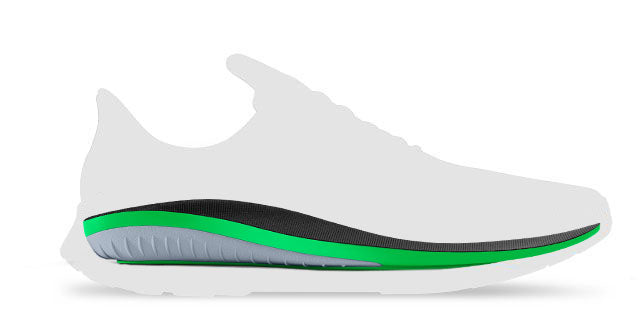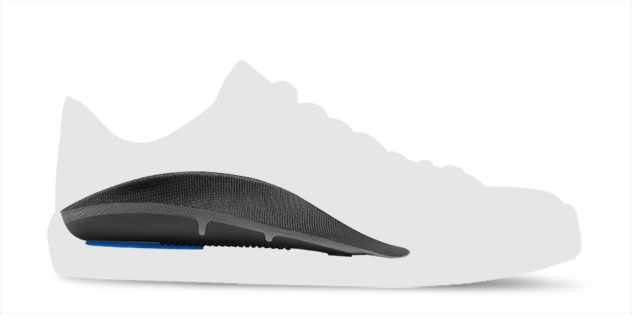Designed for casual or slip-on shoes with a removable insole.
Stability Insoles
There are many different reasons people search for insoles but a lot of that can simply be boiled down to stabilization. When standing, the entire body rests on the base created by the foot and ankle. If the foot and ankle are unstable, or out of alignment, the entire kinetic chain may be affected from the knee to the hip, the back, and on up through the neck. Stability insoles work to align the structures of the foot and ankle in order to create stability.




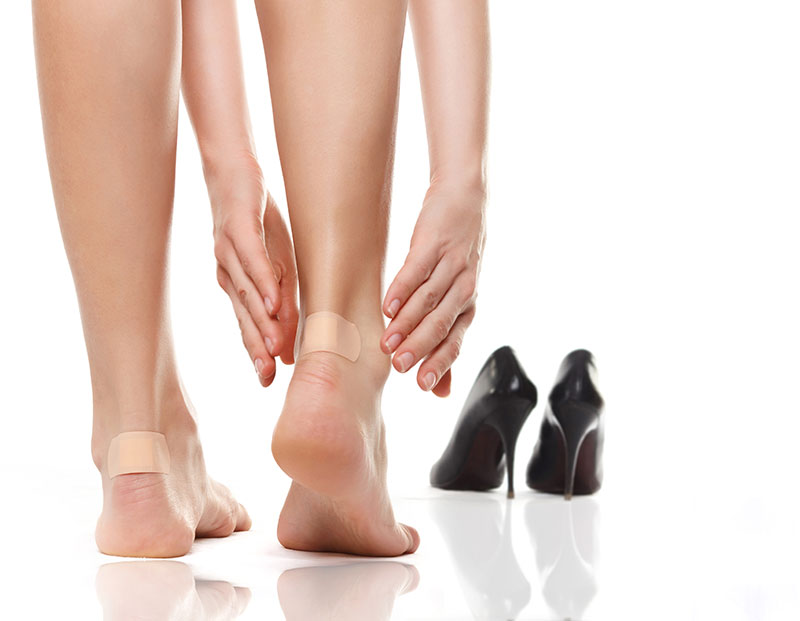
How do stabilizing insoles alleviate common footwear problems?
Not all footwear comes from the factory with insoles that are supportive and sometimes factory insoles are harmful because they do not have any support at all. There are other issues that poor fitting shoes can cause such as bunions or hammer toes if the toe box of the shoe is too narrow, or a higher likelihood for developing plantar fasciitis from wearing high heels too often. If the fit of the shoe is acceptable in that the shoe is not squeezing your toes and there is not a high heel adding pressure to the ball of your foot, then a stabilizing insole can help to provide the support and correction that your factory insole is not providing. But if you have a poor fitting shoe that lacks the volume you need for a comfortable fit, then the first step will be to switch shoes.
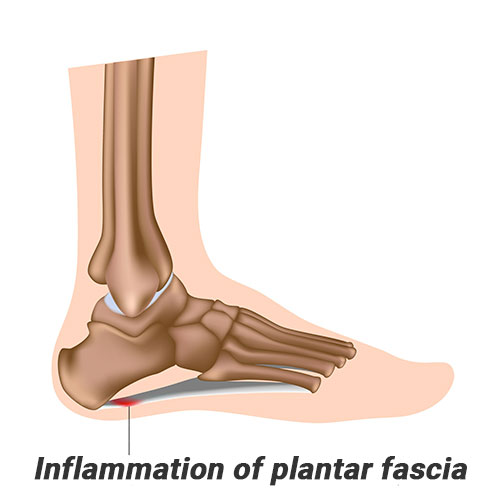
What causes plantar fasciitis?
It is not entirely clear what causes plantar fasciitis but the leading theory is that small traumas to the tendon along the bottom of the foot, known as the plantar fascia, cause the tendon to become inflamed. The inflammation then causes pain and can be difficult to get under control. Activities that put strain on the foot and that tendon such as running, walking in high heels, and remaining in a state of misalignment on a daily basis may promote plantar fasciitis. Making sure your ankle and foot are in neutral positions, especially with heel-cup insoles, may work to prevent instability 3 and foot strain.
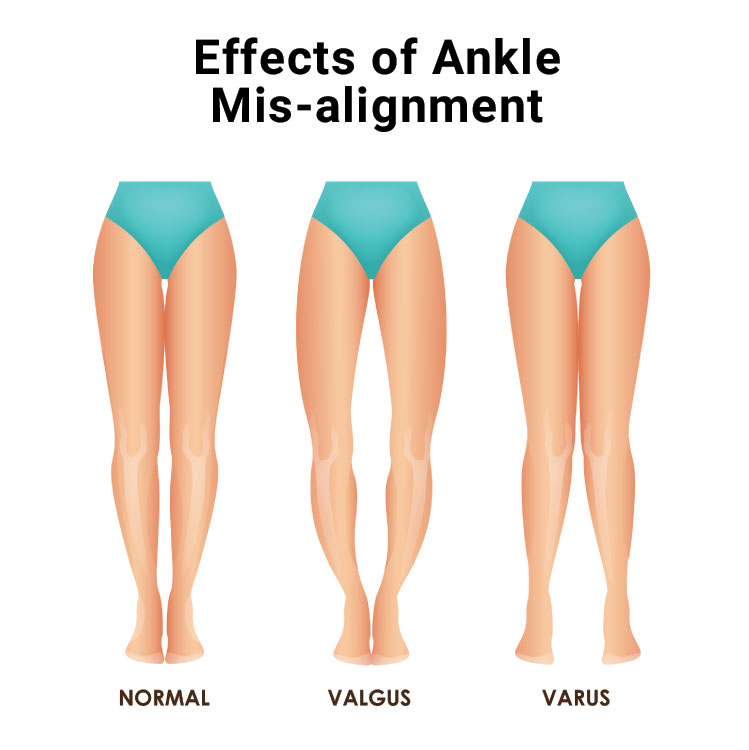
How can stabilizing insoles help with foot and back pain?
Even though we tend to treat the systems in our bodies as separate, even seeing different specialists for our feet versus our knees, everything is connected. Our lower kinetic chain, which is a way to describe the connected systems of our feet, ankles, knees, hips, and spine, relies on each part of that system to work properly for harmonious operation. So if your foot is tilted, it might lead your leg to be off-kilter, which can affect the mechanics of your knee. And if the tilt is enough to affect your overall posture, you may find that one hip sits slightly lower than the other. In other words, if your feet and ankles are not properly aligned, you may experience knee pain, hip pain, or back pain. Correcting the alignment of your ankle with stabilizing insoles may also relieve that pain.

Our Guarantee
We back our product with a 90-day insole guarantee, hassle-free shipping, and best-in-class customer service.
